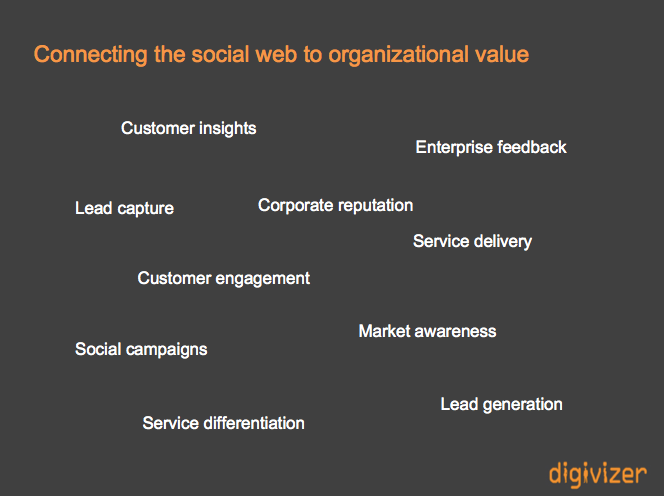Emma is invited to speak and present a case study as to the key ingredients to achieving global success at the July
Women in Global Business Speaker Series.
Here are some of the details being shared to promote the event:
Australian women will have the opportunity to hear from prominent women who have succeeded internationally at the Women in Global Business Speaker Series in July and August.The annual event held in states and territories across the country will feature speakers from a variety of industry sectors, providing businesswomen with practical advice on venturing overseas.
Women in Global Business national program manager, Cynthia Balogh, believe the event is beneficial in helping women overcome international barriers, particularly those in the Middle East.
“The Middle East presents quite specific barriers for women; some of the Asian and South American markets can do the same,” she said.
Balogh told Dynamic Export the event offers business owners the opportunity to learn and network with like-minded people.
“It’s an opportunity to see their role models, who have often had quite tough journeys to expand their businesses into those market places, women often learn from seeing role models. It helps them overcome some confidence issues, whether it’s personal confidence or confidence in business,” Balogh said.
Digivizer CEO, Emma Lo Russo, who will be speaking at the Sydney event can relate to the personal challenges women face when growing their business.
Lo Russo believes the event will provide shared mentorship and allow women to learn from real-life experiences. “Having real honest examples of what works, is quite empowering. Instead of feeling like you have to navigate the unknown or have a goal and do it alone”.
Details & registration for the event can be found here :
Thursday 26th July 2012
8.30am – 12.30pm
NSW Trade and Investment Centre, Level 47, MLC Centre, 19 Martin Place, Sydney
I’ll post more about my key points to achieving international success here soon.








